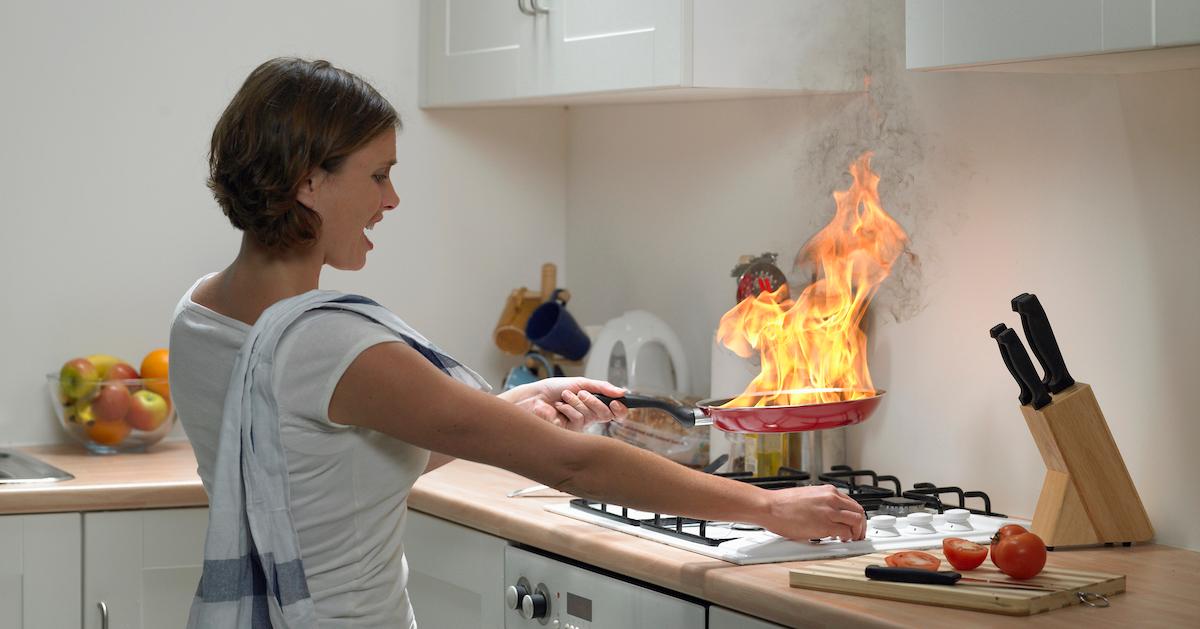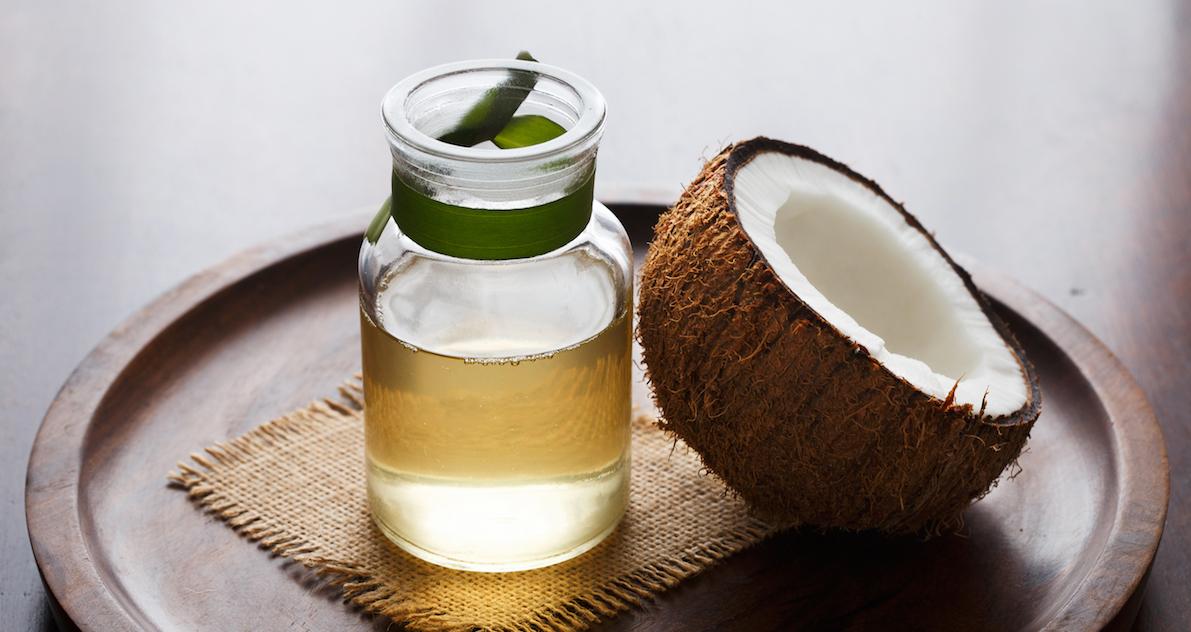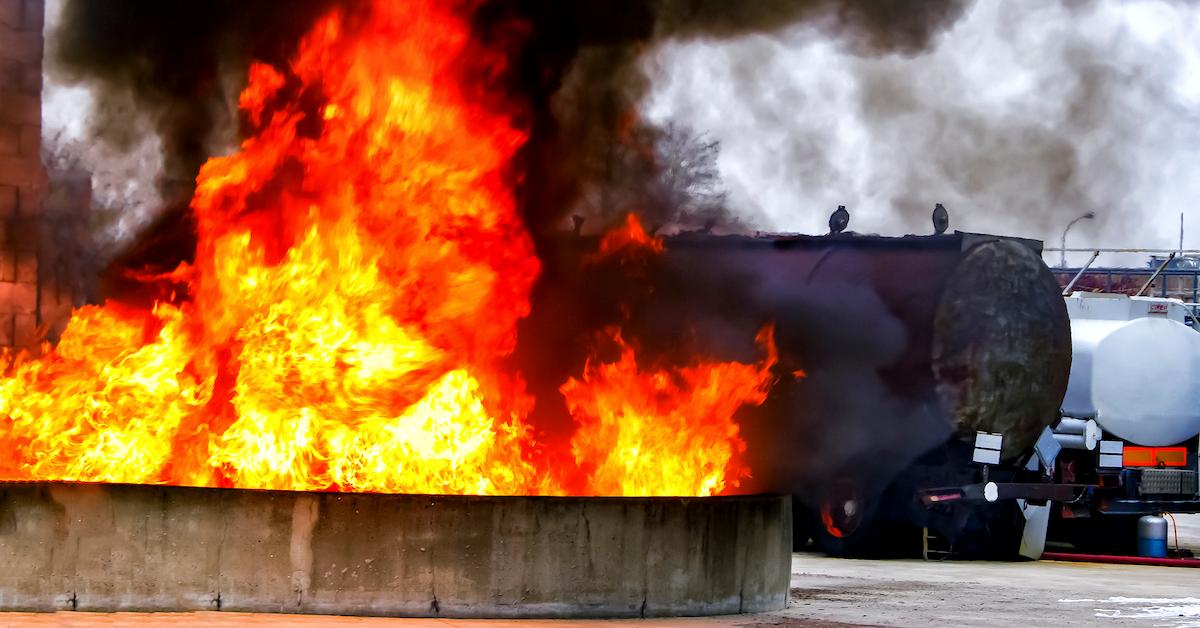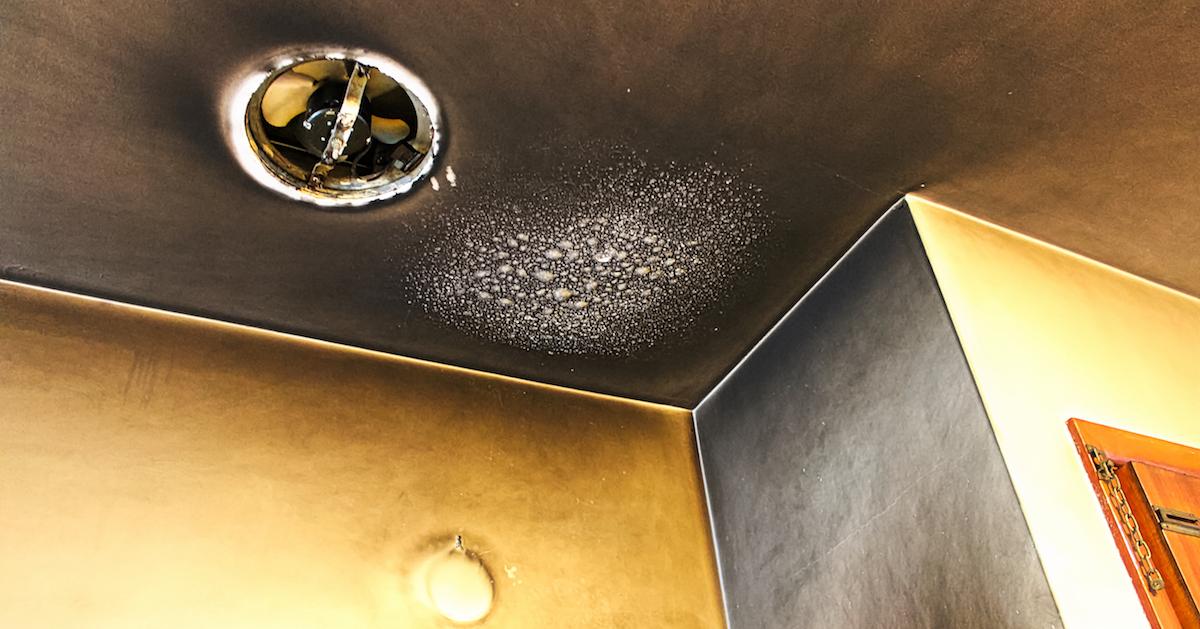How to Put Out a Grease Fire in Your Kitchen
Published Dec. 9 2020, 3:58 p.m. ET

According to the National Fire Protection Agency, grease fires are considered the number one cause of home fires and home injuries. Cooking fires account for more than 160,000 home structural fires, and of those, nearly 66 percent are started with the ignition of cooking materials like grease. Given these staggering statistics, knowing how to stop a grease fire is as essential as having a smoke detector or a fire extinguisher in your home — both of which could do wonders in helping to fight a grease fire.

How do grease fires start?
Grease fires usually start when cooking oil becomes too hot. Different oils have different “smoke points” or “burning points.” The smoke point of an oil is the temperature at which the oil stops shimmering and starts smoking — simple right? The temperature of these smoke points can range from relatively low at 325 degrees Fahrenheit, to very high at around 520 degrees Fahrenheit.
The oil will boil and shimmer first, and then it will smoke; once it exceeds that point, it will begin to catch fire. A good piece of starting advice is to never, ever leave your pot or pan unattended. All it takes is 30 seconds for your oil to go over that safe line and burst into flames. Always research the smoke points of the cooking oil you’re using before you begin cooking.
Smoke points for common cooking oils are as follows, according to MasterClass:
- Avocado oil: 520 degrees Fahrenheit
- Butter: 350 degrees Fahrenheit
- Canola oil: 400 degrees Fahrenheit
- Coconut oil: 350 degrees Fahrenheit
- Extra virgin olive oil 410 degrees Fahrenheit
- Peanut oil: 450 degrees Fahrenheit
- Vegetable oil: 400 degrees Fahrenheit

How to stop a grease fire:
If a grease fire does ignite, the first thing you should do is cover the flames with a metal lid or cookie sheet. This is meant to smother the fire, denying it the oxygen it needs to blaze out of control. Then, turn off the heat source. If the fire is small and manageable, you could always pour salt or baking soda on it to smother the fire even further. If it’s still not manageable, spray with a Class B dry chemical fire extinguisher.
There are several “do nots” attached to grease fires that you should know about. First, never try to extinguish the fire with water. Water will rest on the hot grease and do nothing but provide it with a means to spread. Do not attempt to move the pot or pan outside. This could not only give more air to the fire, but it could also result in you or someone else being sprayed with blazing grease accidentally.
Do not use flour, baking powder, or other cooking powders that might look like baking soda or salt. These powders have a different chemical composition and might make the fire worse.

What if I cannot extinguish the grease fire?
We cannot say this loud enough: If you cannot extinguish the grease fire yourselves, GET OUT OF THE HOUSE! There's no mincing words on this one. Your dinner is ruined, and you need to get you and your family to safety. Close the door as you leave to contain the fire and call 911 as soon as you and your loved ones are a safe distance away. Also, don’t re-enter your home until the fire has been contained by firefighters.
While we’re on this note, you and your family should always be prepared for an unexpected fire in your home. Keep smoke detectors in place and reload fresh batteries at least once every six months. Also, make sure all family members know which exits are appropriate in case of fire. If you live anywhere besides the ground floor, make doubly sure that fire windows and exits are known to all.

How do I prevent a grease fire?
There are a few simple things one can do to avoid a grease fire. First, stay vigilant while cooking, frying, grilling, boiling, or broiling food. The leading cause of kitchen fires is due to unattended cooking. Remove any excess moisture from the food before putting it into the hot oil. Patting chicken dry prior to frying doesn’t just make for a crispier crust, it also stops surface water droplets from splattering into the hot frying oil. When you do add food to the pot, do it slowly to prevent further splatter.
Know your temperatures and smoke points, and keep oil heated only to its recommended temperature. If you start to see smoke or smell burning oil, lower the temperature. Keep the lid nearby whenever you’re using oil, just in case. And this should go without saying, but keep children and animals away from the stove. An errant cat's tail or curious finger could be disastrous for everyone involved.